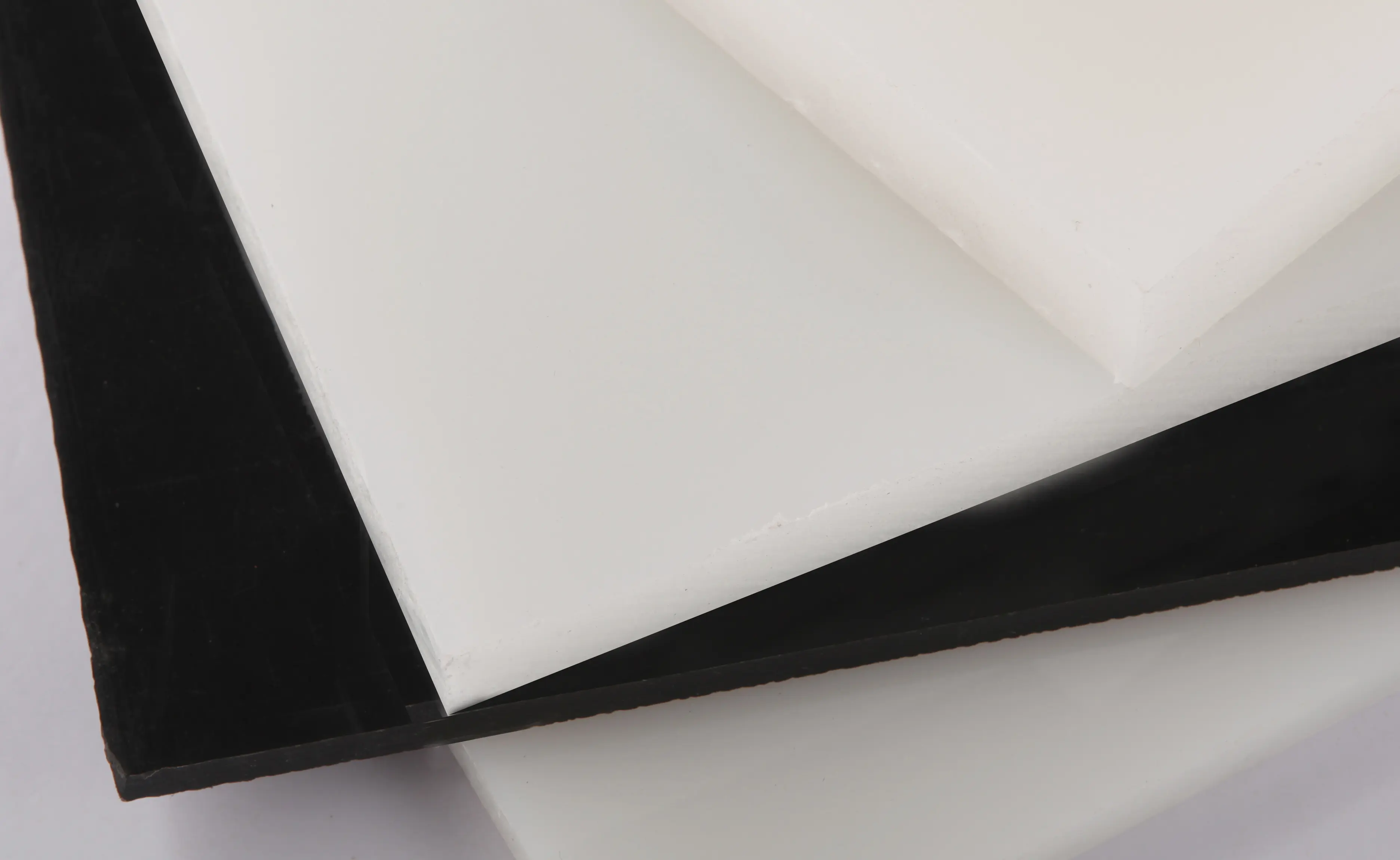نويابىر . 14, 2024 22:16 Back to list
pipe fittings
An Overview of Pipe Fittings Types, Applications, and Importance
Pipe fittings play a crucial role in various industries by ensuring the efficient transportation and management of fluids and gases. These components, designed to connect, redirect, and control flow within piping systems, come in numerous shapes, sizes, and materials. Understanding the types of pipe fittings, their applications, and their significance is essential for anyone involved in plumbing, construction, or industrial processes.
Types of Pipe Fittings
Pipe fittings can be classified into several categories based on their shape and function. Here are some of the most common types
1. Elbows Elbows are used to change the direction of the pipeline. They are available in various angles, the most common being 90-degree and 45-degree elbows. These fittings are critical in rerouting pipelines and ensuring that they follow the desired path.
2. Tees Tees are T-shaped fittings that allow for the branching of a pipeline. They can be used to divide the flow into two directions or to collect flow from two sources into one line. The main benefit of using a tee is its ability to maintain consistent pressure within the system.
3. Couplings Couplings are used to connect two pipes together, ensuring a tight seal. They come in various types, including slip couplings, which slide over the ends of the pipes, and threaded couplings, which feature internal threads for screw connection.
4. Adapters Adapters facilitate the connection of pipes with different diameters or threading types. They serve as a bridge between dissimilar piping systems, ensuring compatibility and functionality.
5. Caps and Plugs Caps cover the end of a pipe, while plugs are inserted into the pipe itself. Both are essential for sealing open ends to prevent leaks and contamination.
6. Flanges Flanges are flat discs with holes for bolts, allowing pipes to be connected securely. They are commonly used in larger pipes and can be made from various materials, including metal and plastic.
Applications of Pipe Fittings
pipe fittings

Pipe fittings are utilized across multiple industries, each with its unique requirements. Here are some common applications
- Plumbing In residential and commercial plumbing, pipe fittings are essential for water supply lines, sewage systems, and drainage
. Proper installation ensures the integrity of the system and prevents leaks.- Oil and Gas In the oil and gas industry, fittings are critical for the transportation of crude oil, natural gas, and other petrochemical products. High-pressure fittings designed for extreme conditions are crucial in this sector.
- Construction In construction projects, pipe fittings are used for various systems, including HVAC, fire suppression, and irrigation. Their reliable performance is essential for safety and efficiency.
- Manufacturing Many manufacturing processes require specific piping systems for transporting materials, chemicals, and gases. Custom fittings are often designed to meet the unique needs of these applications.
Importance of Quality and Material
The choice of material for pipe fittings is paramount for ensuring durability and effectiveness. Common materials include PVC, CPVC, stainless steel, and carbon steel. The selection depends on factors such as the temperature of the transported fluids, pressure requirements, and the potential for corrosion. High-quality fittings contribute to the longevity of the piping system and reduce the risk of failures that can lead to costly downtime and repairs.
Moreover, adhering to industry standards and regulations when selecting and installing pipe fittings is crucial. Compliance with codes ensures the safety and reliability of the system and protects against legal and financial repercussions.
Conclusion
In conclusion, pipe fittings are essential components in various industries, playing a vital role in fluid management and flow control. From elbows and tees to couplings and flanges, the diverse range of fittings caters to the specific needs of different applications. Understanding their types, applications, and the importance of material selection helps ensure the efficient and safe operation of piping systems. Whether in plumbing, oil and gas, construction, or manufacturing, the quality of pipe fittings significantly impacts overall performance and reliability.
-
PVC Transparent Sheet Roll - Durable & Flexible PVC Plastic Sheet Roll for Industrial & Home Use
NewsJun.24,2025
-
High-Quality PVC PPR Pipes and Fittings Durable ERA PPR Solutions
NewsJun.10,2025
-
High-Quality Large HDPE Sheets & Large Diameter PVC Pipe Durable Large PVC Pipe Supplier
NewsJun.10,2025
-
High Density Polyethylene Cutting Board - Durable & Food Safe
NewsJun.09,2025
-
3 Inch PVC Pipe for Durable Irrigation Affordable & Reliable
NewsJun.09,2025
-
Premium PPR Plastic Water Pipe Fittings - Durable & Leak-Free
NewsJun.09,2025

